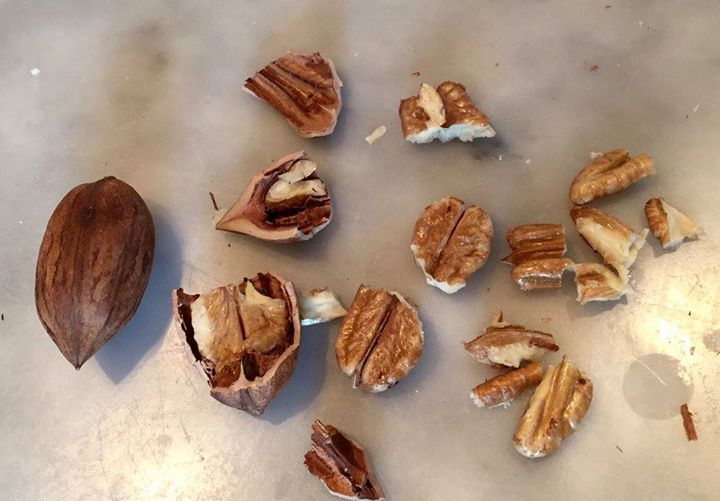Hican Nut Information – Learn About Uses For Hican Nuts


What are hican nuts? They are natural hybrids between hickory and pecan, and the name is a combination of the two words. Hickory and pecan trees often grow together, since they have similar sun and soil preferences. However, they rarely crossbreed. When they do, the result is hican trees. Read on for more hican nut information including various uses for hican nuts and hican trees.
What are Hican Nuts?
Here is some hican nut information in case you are asking “What are hican nuts?” Hicans are nuts produced from trees that result from crossing hickory and pecan nut trees. Hican nut trees fall into one of two categories – shagbark or shellbark – depending on whether the hickory parent was a shagbark or a shellbark. Generally, the shellbark X pecan produces larger nuts, while shagbarks produce more nuts. The hican nut trees can grow 70 feet (21 m.) tall and generally have round crowns. Hican nut trees can spread fairly wide, so plant these trees about 50 feet (15 m.) apart. You’ll have to wait between four and eight years for the first nut production.
Hican Nut Trees
An important piece of hican nut information involves the varieties of hybrids. Only a few are productive, so you want to select one carefully. Bixby and Burlington are both shellbarks that are very productive and produce fairly large nuts. The Burton is the best of the shagbark trees, but Dooley also produces well. These trees produce hican nuts with the round shape and thin shell of the pecan. However, hican nut information suggests that the edible part of the hican nuts are larger than pecans of equal size.
Uses for Hican Nuts and Hican Trees
Hican trees have very attractive foliage and are fairly easy to care for. They act as ornamental shade trees when planted in a large backyard or garden. You’ll have to wait a few years for your hican trees to produce nuts. However, if they are self-pollinating or have other trees in the neighborhood, they will eventually bear delicious nuts. The hican nuts can be used in the same ways and for the same purposes as hickory nuts.
Sign up for the Gardening Know How newsletter today and receive a free copy of our e-book "How to Grow Delicious Tomatoes".

Teo Spengler is a master gardener and a docent at the San Francisco Botanical Garden, where she hosts public tours. She has studied horticulture and written about nature, trees, plants, and gardening for more than two decades, following a career as an attorney and legal writer. Her extended family includes some 30 houseplants and hundreds of outdoor plants, including 250 trees, which are her main passion. Spengler currently splits her life between San Francisco and the French Basque Country, though she was raised in Alaska, giving her experience of gardening in a range of climates.